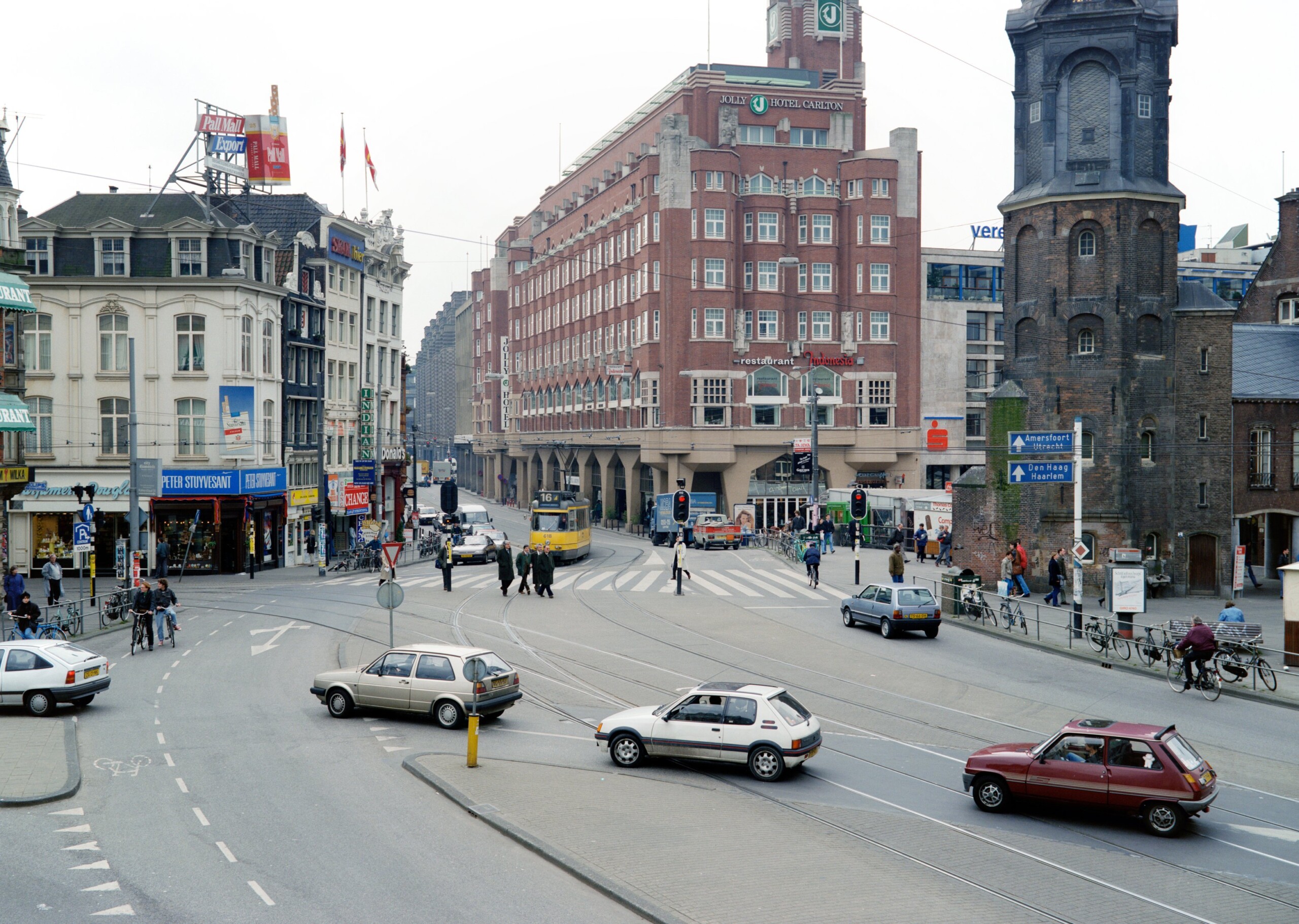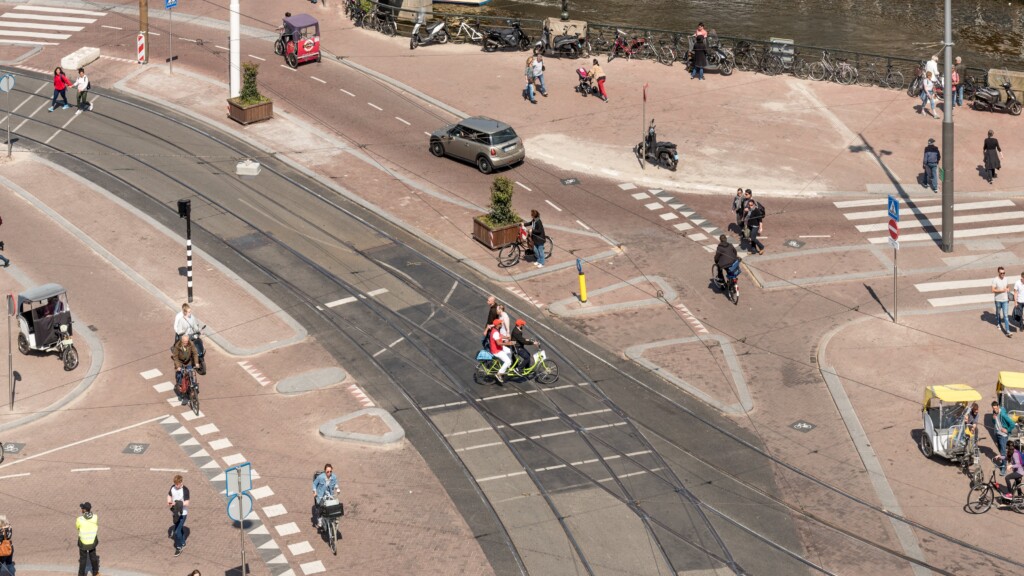A better city: fewer cars and more (space for) bikes!
Amsterdam, a modest metropolis with great appeal, can only remain successful if we improve public space and make the air cleaner. The Agenda Amsterdam Autoluw (Agenda Amsterdam Low-traffic) is our plan aimed at reducing the impact cars have on the city, while also creating more space for cyclists, pedestrians, public transport and living. How do we accomplish this?
The Agenda Amsterdam Autoluw (freely translated as Agenda Amsterdam Low-traffic) contains measures to make Amsterdam a cleaner and more liveable city. The four target fields of the Agenda Amsterdam Autoluw are as follows:
- Cleaner alternatives for cars;
- Reducing driving cars;
- Fewer car parking spaces; and
- Better public space.
We realise that frequent and smooth public transport, nice walking paths and good cycling routes form part of a car-low city. Accordingly, our Agenda Amsterdam Low-traffic details measures to reduce the demand for parking spaces. These measures present the opportunity to remove up to 10,000 parking spaces by 2025. As such, by offering more remote parking in garages and at P+R’s, and by making shared mobility more attractive, we are creating more space for a pleasant and liveable environment in the city.
With circulation measures such as cuts for cars and smarter delivery traffic, we are working on reducing the number of driving cars. A low-traffic city entails more than simply keeping all car traffic out of the city. Hence, we are carefully and gradually reducing car traffic by usually taking into account pilots and research. Therefore, we ensure that the accessibility of the city is guaranteed at every step in delivering a low-traffic city.

Munt, before Agenda Amsterdam Autoluw measures. Photo: Hans Aarsman

Munt, after Agenda Amsterdam Autoluw measures. Photo: Gemeente Amsterdam
Ontwerpprincipes
In a liveable and accessible city, a pleasant living environment is of highest priority. Design principles for a car-low city provide opportunities to shape the city together with residents and entrepreneurs. ‘Design principles for a car-free city’ contains the principles for the various areas in the city. Here, you find more detailed information about the measures we are planning to make the city more liveable and cleaner.
Did you know?
There are citizens and organizations who support the municipal plans for low-car city. Some strive for faster implementation of the Agenda Amsterdam Low-traffic. Some specific measures get opposition.
Our questions
Is your city working on transition towards a low-car city? What measures work, how are they accomplished? Is there opposition, and how are you coping with that? Share your thoughts with our community via Disqus below!










